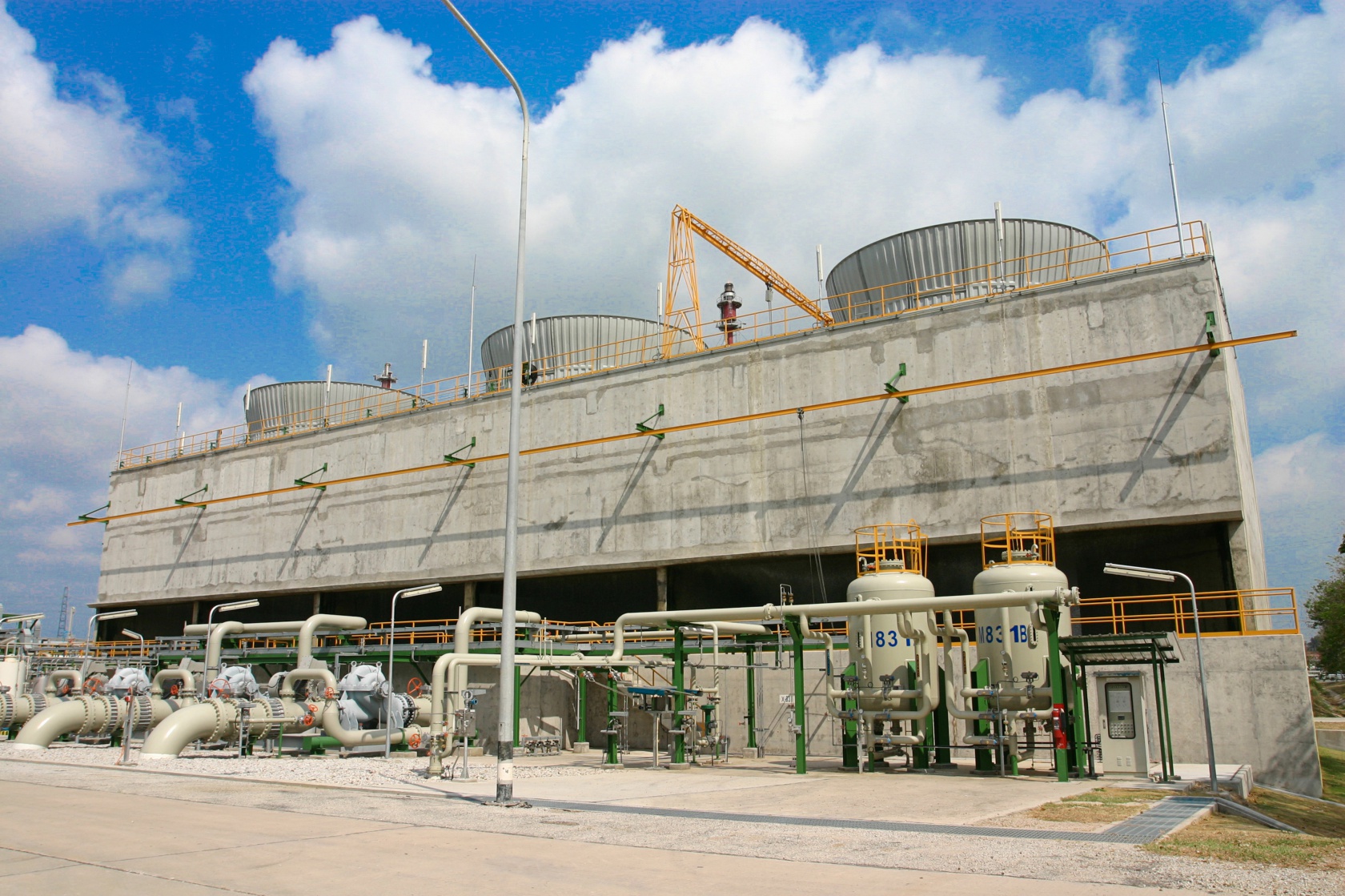Cooling Water
At Visentia, we are experts at understanding the complex interactions of chemicals and microorganisms within cooling water, which can cause a wide range of operational issues if your cooling water treatment is not in control. Our water treatment programmes are well-designed and utilise the newest chemical and automation technologies to give you the peace of mind that they will handle all the range of operating conditions experienced in your plant. Our water specialists strive to have a thorough understanding of your entire cooling system from the heat exchanger to the tower basin in order to ensure our programmes work perfectly. Our programmes include chemicals, dosing and control equipment and onsite service to verify water chemistry and troubleshoot problems. Customised services can include technical audits, operator training and analysis of long-term data trends. We also provide input on mechanical, operational and chemical measures you can take to reduce energy, water and chemical use.
 TECHNICAL CONSIDERATIONS
TECHNICAL CONSIDERATIONS
Open recirculating cooling systems are the most widely used form of industrial cooling where materials being processed need to be cooled and the waste heat released to the environment. Water is the heat transfer medium of choice because of its unique thermal and physical properties – it has a high specific heat capacity and it can be evaporated to the atmosphere in the cooling tower, taking with it large amounts of latent heat. On the other hand, water can be corrosive and scale-forming under conditions encountered in the cooling system and in contrast to boiler systems, cooling water contains microorganisms, which can lead to formation of biofilms on heat transfer surfaces and cooling tower packing. Additionally, the bacterium Legionella pneumophila can be present in the microflora, which is a public health risk when released as an aerosol from the cooling tower.
Cooling systems can be complex to treat from a water treatment perspective due to the wide range of physical and chemical conditions encountered from one end of the system to the other, such as heat exchanger skin temperatures, bulk water temperatures, heat fluxes, dissolved salt concentration, flows and turbulence. Also, specifically in the case of corrosion, cooling systems can often contain a range of metallurgies that have different corrosion characteristics, which need to be protected (e.g. mild steel, stainless steel, galvanised steel, cast iron, aluminium and copper). Since cooling water comes into direct contact with air in the cooling tower, complex problems can occur with the water chemistry due to uptake of airborne contamination from dirt particles, pollens, seeds, gases and dusts released from manufacturing processes.
Cooling water under poor control can rapidly manifest problems such as reduced thermal efficiency and performance, reduced life of metallic components, increased cleaning and maintenance, increased water usage, contamination of process streams and in the case of Legionella, sickness of workers and the public at large. With the correct selection and application of microbiocides, dispersants and passivators, these problems can be avoided whilst maximising the performance of the system in terms of cooling efficiency and makeup water use.
